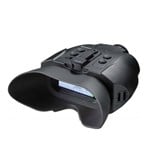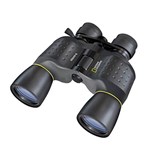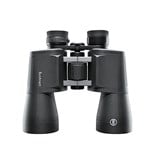Compare items Select up to 4 products to compare
{{item.ProductName | limitTo: 50}}
{{item.CulturedPriceValue}}Please select at least two products to compare
Compare items Remove AllMore about our range of image stabilsied binoculars
What are image-stabilized binoculars for?
Image stabilised binoculars reduce handshaking whilst at the same time offing high magnification which is bright and clear. High magnification and large-diameter lenses would otherwise result in a shaky view.
They are a great investment for serious users and regular wildlife/bird watching. They also reduce the requirements for tripods or stabilisation which means there are fewer additional costs or equipment to carry around!
How do image-stabilised binoculars work?
Image stabilised binoculars have an internal gyro or sensor that can account for and correct natural handshakes and movements which occur when being handheld. The processor built into the binoculars adjusts the optic output in real-time to deliver a judder-free representation of what is being viewed.
All binoculars have two numbers in their name. The first is the magnification, expressed as 10X, 20X, 50X and so on. This is the magnification beyond what your naked eye provides. The second is the objective lens diameter. Generally speaking, large magnification and lens diameters result in brighter and clearer viewing. The cost however is a more shaky view. This is what image stabilisation technology is designed to reduce.
Do I need image-stabilised binoculars?
Anyone looking to use a medium to long-range binocular on the go would potentially benefit from image stabilisation. Especially if you want to remain handheld and portable without sacrificing viewing stability or requiring a tripod.
The extra technology does usually cost more, however. Be prepared for a higher initial investment to enjoy a lightweight compact binocular which delivers a powerful and stabilised viewing. For a more entry-level binocular, we suggest browsing our range of fantastic compact binoculars.
Browse Binoculars by Size

When buying a pair of binoculars you will soon notice that each pair has a set of two numbers following their name, such as “7x50” or “8x32”. The first figure is the magnification, which indicates the number of times larger an object will appear when viewed. The second figure indicates the size of the object lens in mm; the larger it is, the brighter the images will seem. View our Binoculars Buying Guide for more information »











